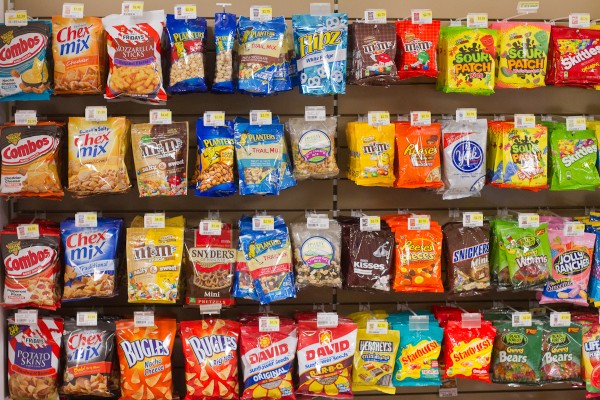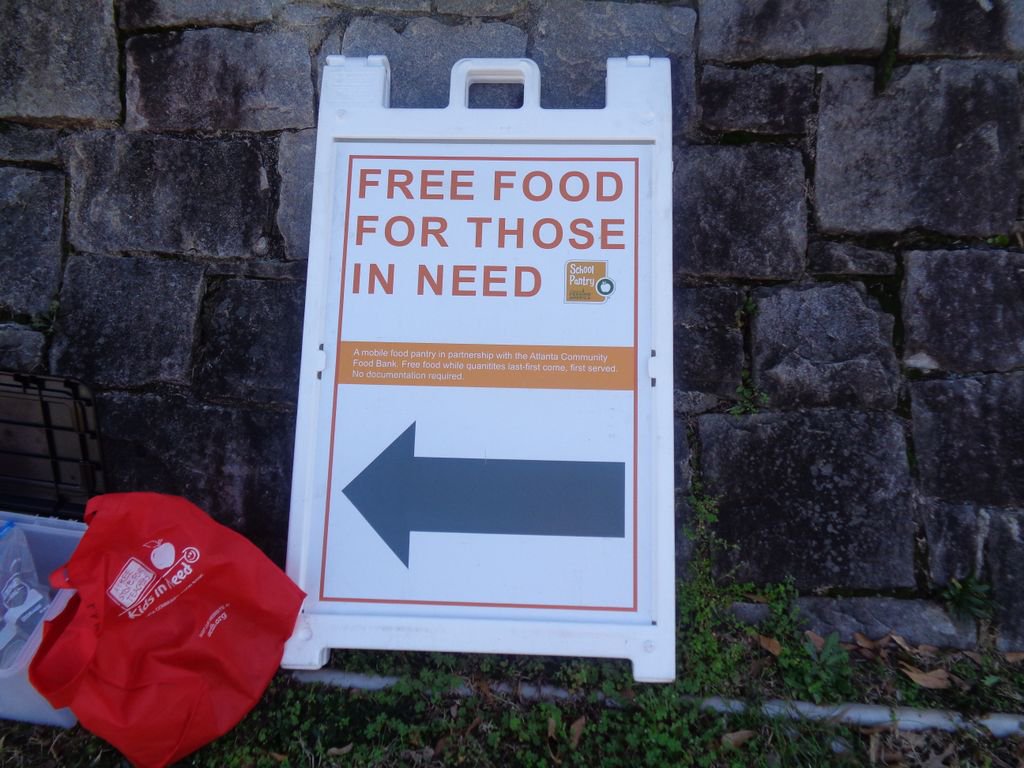Tuesday, January 9, 2018
What is a "Food Desert?"
An urban area in which it is difficult to buy affordable or good-quality fresh food
The USDA defines "food deserts" as:
parts of the country vapid of fresh fruit, vegetables, and other healthful whole foods, usually found in impoverished areas. This is largely due to a lack of grocery stores, farmers’ markets, and healthy food providers.
I'm choosing to expand on the topic of a food desert because of a recent story about Stone Mountain, Georgia, which is only 20 miles outside the city of Atlanta. (You can read the story for yourself HERE.)
After 18 years of business, a Kroger in one of the busiest areas of DeKalb County is shutting down because of "declining sales and negative profit." The nearest grocery stores are 3 to 5 miles away, which turns this area into a food desert. When food is NOT accessible within one mile of a community, the community is deemed a food desert. Communities with grocery stores and other whole foods providers are known as "food oases."
Now that we have a clearer understanding of what a food desert is, let's talk about some issues associated with being in a food desert.
There may be many stores that offer food for sale, such as gas stations, fast food restaurants, and quick shops, but these places usually only offer quick snacks and have a very limited selection of fresh or whole foods. (I think the best quality food I've ever seen in a gas station has been small loaves of bread and different sizes of milk.) The problem with relying on these kinds of stores is the fact that nutritionally valuable foods are non-existent. When do you go to these stores, anyway? You're most likely traveling and have stopped for a quick snack to hold you over until you can get to your destination for a real meal. No one is supposed to rely on these places to eat!
Because options are limited to packaged and processed foods, nutritional values are low, and, as a result, the community is exposed to sugary and high fat content on a regular basis. Consistently eating these foods can lead to obesity and high blood pressure as well as other chronic illnesses, cancer, diabetes, cardiovascular disease, etc. As a result of these diseases, people in these communities are also susceptible to higher health care costs, which then can send them deeper down the poverty hole. There are so many short-term and long-standing issues associated with food deserts, and I haven't even linked the existence of food deserts to its partner food insecurity!
Comparison
Let's take a look at a few differences between a "Food Desert" and a "Food Oasis"
Food Oasis
Many options from whole foods providers-
More competition between stores means lower prices for food-
More food quality leads to less health issues-
Usually in average to higher income areas-
Better reception to education due to access to healthy foods and high food security-
Food Desert
-Limited or NO access to fresh whole foods
-Higher cost of food from lack of grocery store competition
- Low food quality leads to higher risk of disease and chronic illness
-Prone to crime (hunger leads to behavioral issues)
-Negative impact on education (hungry kids have a harder time focusing)







